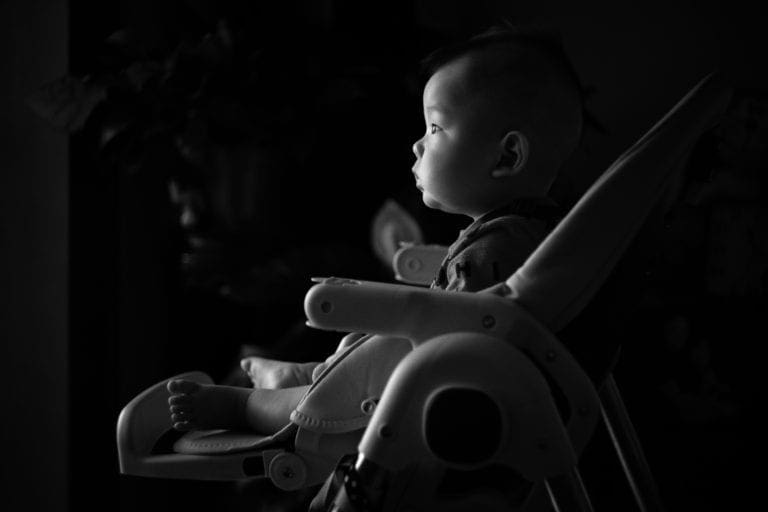Find Out If You Have A Valid Slip And Fall Injury Case

Injuries from slip and fall accidents are pretty standard, either on private, commercial, or government property. In fact, injury from slip and fall cases is the most typical physical hazard in the USA, with official government figures reaching in excess of a million every year. Typically, these accidents happen when we do not pay attention. But in some cases, these accidents happen due to dangerous conditions, making the property owner liable for damages.
If you have received an injury from a slip and fall case on someone else’s property, riverside personal injury attorneys can help you gain deserving compensation.
Common causes of slip and fall accidents
Slip and fall incidents may happen anywhere, at any time, and for any number of reasons. Their common causes are;
- Rough or uneven floors
- Wet or slippery floors
- Broken pavements or haphazard extension cords
- Ice on the sidewalks
- Potholes or debris
- Poor lighting
- Unsafe construction sites
Common injuries caused by slip and fall accidents
Typically, every slip and fall accident is unique, but the back, head, neck, and pelvis are the most common areas of injuries. The injuries can range from minor bruising to full fractures. The common injuries are;
- Concussion
- Broken pelvis
- Fractured vertebrae
- Bruised tailbone
- Herniated disc
- Sprains
- Torn ligaments or tendons
- Brain injury
Apart from the medical injuries and losses, a slip and fall can also cause economic and punitive damages to a person. You can visit website to understand the types of damages and how you can claim them from the liable party.
How do we determine that a slip-and-fall case is valid?
Certain factors must be proven to validate a slip-and-fall case.
- Avoidable unsafe conditions
The owners have a duty to keep their premises reasonably safe for the public or visitors. If they did not make their properties safe or allow unsafe conditions to persist knowingly, then the slip and fall case is perfectly valid.
- Owner’s liability
You should be able to prove that the owner is liable for damages. As stated above, the owners have an obligation to keep their properties reasonably safe. The owner must be aware of the hazard and must have neglected taking steps to resolve it. There must be no warning signs posted, like ‘wet floor’, which there may well have been had the accident occurred whilst someone like these professional hard floor cleaning services in Houston, TX were in to complete their regular cleaning job.
Not every case of slip and fall may hold the owner responsible. For example, a child may throw a banana peel on the floor, causing someone to slip and fall. In such circumstances, the fault may not lie with the owner if they do not have a reasonable time to discover and correct the dangerous conditions.
- Plaintiff’s fault
The injured party is not entirely exempt from the blame in a slip-and-fall case. In fact, the victims are also expected to keep themselves safe from falling into hazards to a reasonable degree. If the injured party shares some blame for getting injured, the likelihood of receiving damages decreases. For instance, let’s say you were running on a pier despite a warning sign prohibiting running. If you get injured in such circumstances, there will likely be no liability on the owners.
Last word
If you have gotten hurt on someone else’s property in a slip-and-fall accident, try to document the scene and get some medical help as soon as possible. Photographic or video evidence of the premises counts for a lot when it clearly shows the dangerous conditions that allowed you to get injured. Contact your lawyer to determine the validity of the case if the circumstances are dubious.









